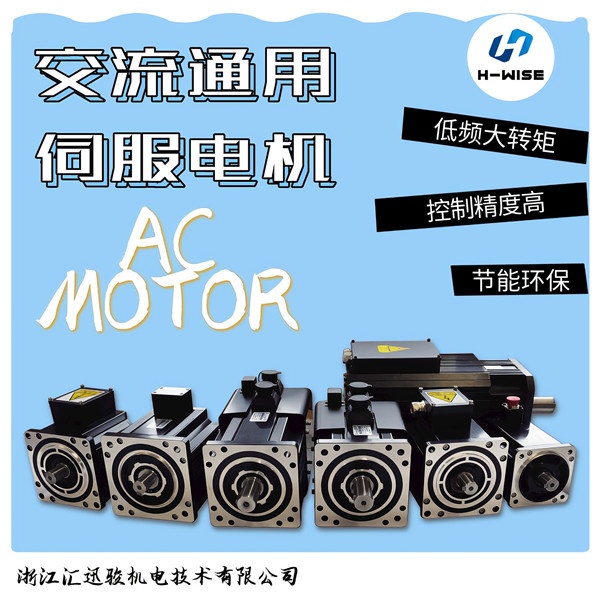News
More timely and comprehensive understanding of our latest developments
Speed control is generally realized by frequency converter, and speed control by servo motor is generally used for fast acceleration and deceleration or precise speed control, because relative to the frequency converter, the servo motor can reach thousands of revolutions in a few millimeters, because the servo is closed loop, the speed is very stable. Torque control is mainly to control the output torque of the servo motor, also because of the quick response of the servo motor. With the above two controls, the servo drive can be treated as a frequency converter, which is generally controlled by analog quantities.

The most important application of servo motor is position control. Position control has two physical quantities to control, that is, speed and position. To be precise, it is to control how fast the servo motor reaches where and accurately stop.
The servo drive controls the distance and speed of the servo motor by receiving the frequency and number of pulses. For example, we agreed that the servo motor should turn once every 10,000 pulses. If the PLC sends 10000 pulses in a minute, then the servo motor completes a lap at the speed of 1r/min, and if it sends 10000 pulses in a second, then the servo motor completes a lap at the speed of 60r/min.
So, PLC is through the control of the pulse to control the servo motor, with physical way to send pulses, that is, the use of PLC transistor output is the most commonly used way, generally is the low-end PLC in this way. In the middle and high-end PLC, the number and frequency of pulses are transmitted to the servo driver through communication, such as ProFIbus-DPCANopen, Mechatrolink-II, EtherCAT and so on.
For programming, this difference is very big, Japanese PLC is the way to use instructions, and European PLC is the form of functional blocks. But the essence is the same, for example, to control the servo to go an absolute positioning, we need to control the OUTPUT channel of PLC, pulse number, pulse frequency, acceleration and deceleration time, and need to know when the servo drive positioning is completed, whether to meet the limit and so on. No matter which kind of PLC, is nothing more than the reading of the control and motion parameters of these several physical quantities, but different PLC implementation methods are not the same.